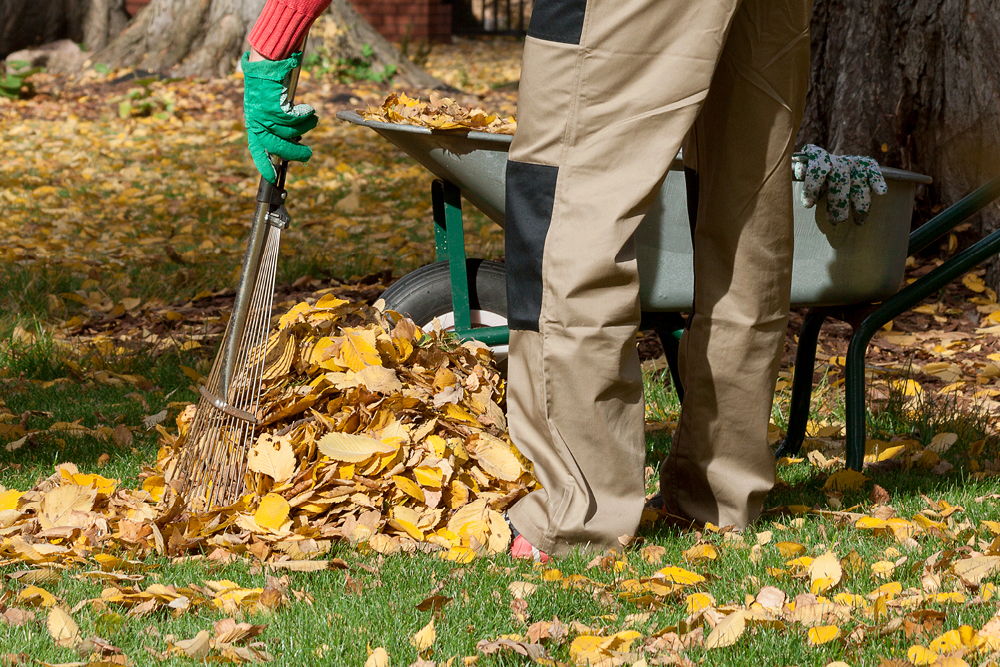Preparing your lawn for the arrival of spring is a pivotal step in fostering a lush, vibrant turf that will thrive throughout the upcoming months. It’s not just about aesthetics – it’s about laying the groundwork for a healthy lawn that can withstand the rigors of the growing season. Here’s a comprehensive guide to getting your lawn in top shape:
1. Clearing Debris and Thatch
Start by meticulously cleaning up your lawn and removing any fallen leaves, branches, and other debris that may have accumulated over the winter months. Additionally, if you notice a buildup of thatch – a layer of dead grass and roots on the soil surface – it’s essential to address it promptly. Thatch can create a barrier that prevents pre-emergent treatments from reaching the soil, so utilize a rake or dethatching tool to remove it effectively.
2. Aeration
If soil is compacted, consider aerating it before applying pre-emergent fertilizers. Aeration involves perforating the soil with small holes to improve air circulation, water absorption, and nutrient penetration. This process enhances the effectiveness of pre-emergent treatments by allowing them to reach the soil more efficiently.
3. Mowing
Once your lawn is clean and aerated, mow it to the recommended height for your grass type. Proper mowing maintains a neat appearance and ensures pre-emergent applications can penetrate the soil effectively. Aim to remove one-third of the grass blade’s height at most to avoid stressing the turf.
4. Soil Testing
Early spring is the perfect time to conduct a soil test to assess pH levels and nutrient content. This information will enable you to tailor your lawn care regimen to address any deficiencies or imbalances in the soil. In regions like South Jersey, where soil acidity can impact fertilizer effectiveness, applying lime to neutralize pH levels is essential for optimal results.
5. Pre-Emergent Application
Apply pre-emergent fertilizers at the appropriate time for your region, typically in early spring, before weed seeds germinate. Timing is critical; apply pre-emergent fertilizers at the right time for our area; most products only have an effectiveness of 60 days. Pre-emergent treatments must be applied before weeds can sprout. Be sure to follow the manufacturer’s instructions carefully to maximize effectiveness.
6. Addressing Bare Spots
If bare spots or areas need seeding, opt for pre-emergent crabgrass preventers with starter fertilizers. These products allow seeds to germinate while inhibiting weed growth, promoting healthy turf establishment. Remember to apply these treatments twice, which are effective for only 30 days.
By following these steps, you can effectively prepare your lawn for applying pre-emergent fertilizers, setting the stage for a healthier, weed-free turf that will thrive throughout the spring and beyond.


